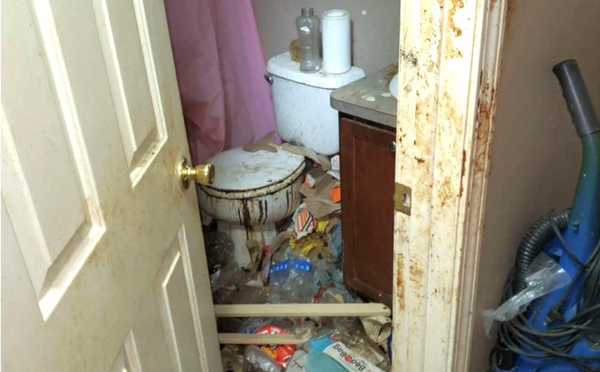
2022 represented an important inflection point for the work-from-home crowd.
The phenomenon moved from being a function of necessity (minimizing the threat of spreading a virus during a global pandemic) to one of entropy, as the work-from-home situation remained largely consistent despite the improving pandemic situation.
As of September 2022, 16% of companies worldwide were fully remote, growing 91% over the past 10 years and by 44% over the past 5 years, according to CodeSubmit.
Now that workers have gotten a taste of the freedom that comes from working remotely, statistics show they want more of it. More than 95% of employees want their work arrangement to at least be partially remote, according to FlexJobs and 74% of professionals expect remote working to become the new normal.
Work From Home 2022 Stats
At the start of the pandemic, when the physical office use rate at one point plunged to 10% in March 2020 from 95% in February 2020, the study found the value of U.S. office property fell at an even faster rate, at 45%, according to the report, citing security firm Kastle System’s keycard access swipe data.
The office use rate has since recovered to 47.5% in a 10-city average, according to Kastle’s latest data. New York's recovery is in line with the nation's at 47.2%.
As of summer/fall 2022, 17% of full-time employees with a bachelor's degree or higher are working fully remote, 41% are full-time on site, and 42% have a hybrid arrangement, according to WFH Research.
U.S. commercial offices may lose about $522 billion in value from pre-pandemic levels in 2019 by 2029 , according to a study published Thursday by business school professors at Columbia University and New York University.
New York, the largest U.S. commercial market, will lose nearly $56 billion in value, more than one-tenth of the U.S. total, according to the 82-page study, titled “Work From Home and the Office Real Estate Apocalypse.”
"Office occupancy and commuting numbers have held steady for several months, suggesting that we may be settling into a new normal, Brad Lander, NYC comptroller, said.
"However, layoffs at several tech companies, declining Wall Street bonuses, and rising interest rates continue to portend challenges in the year ahead."
Security card data from Kastle show New York City area office occupancy bounced back from Thanksgiving week to 48% of pre-pandemic levels, tied with Chicago to lead the pack of U.S. cities outside Texas where Austin, Houston, and Dallas have rates of 65%, 60%, and 53%, respectively.
On the other side of the spectrum, small and mid-sized cities are also feeling the pinch.
Dayton, Ohio, for example, has seen a drop in tax revenue, and expects an even bigger one next year, but the fall in revenue is much less than expected.
The city had forecast having to refund $20 million in 2023. Through the first three quarters, Dayton has issued $3.8 million in refunds, according to Dayton Daily News, and expects to issue refunds of $10 million next year as people migrate to jurisdictions with lower tax rates.
A Return-to-Office in 2023?
The work-from-home movement remained steady, despite being influenced negatively by some pretty big outside forces in 2022.
Employees faced major pressure in both tech and banking to return to the office. The pressure is also building from local media on behalf of the cities in which they operate.
The Pittsburgh Post-Gazette's editorial board, for example, sees the work from home movement as an existential crisis for its home city.
The recovery is the city's central business district has been discouraging, according to the Post-Gazette, with a daily average of 87,117 people coming into the Golden Triangle in November, down more than a third from November 2019.
"This is simply not sustainable. People need to come back, or Downtown will wither, and the city and region that depend on it will suffer," the Post-Gazette stated.
New York City's mayor has made similar declarations.







